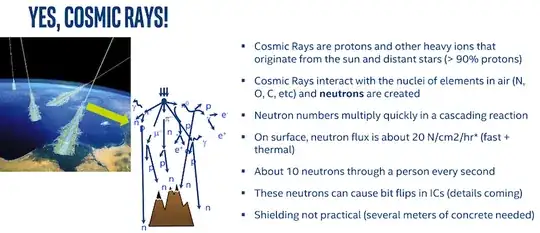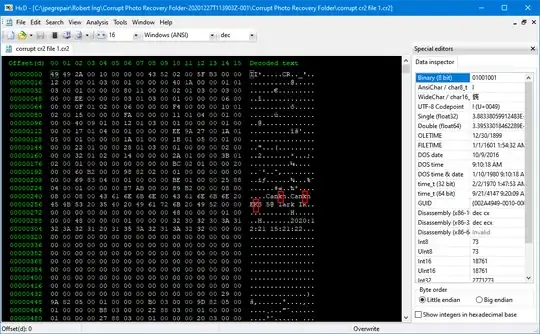What will happen when my SSD starts degrading eventually?
Usually the drive will fail or it will show clear signs of impeding failure. It should not be the case that data contained on the drive slowly degrades over time, unnoticed and leading up to failure.
Corruption should not happen ..
Data is protected by error correcting codes, and data degradation or 'grown errors' would result in detection of data corruption, and if possible silent correction of data and if correction is not possible, would result in a read error. IOW, you should either get correct data or some media error. So, not silent and a backup tool would detect a problem.
It is true that NAND based drives such as SSDs slowly 'bleed data' but that typically can be detected and corrected using error correcting codes and NAND READ-RETRY (where the drive experiments with reference voltage levels). The 'bleed rate' can be influenced by wear and age of the NAND. But again failure to retrieve the data should result in a media error of some kind. So, not silent and detectable by backup software.
But it could .. But it's not old age

Then the only thing you'd have to worry about is silent data corruption, but this is not necessarily associated with a drive's age or degradation due to age.
Silent corruption or what people tend to call bit flips or bit rot are typically caused by either corrupt data being written along with ECC code that matches the corrupt data, or data that corrupts after it was read and verified by ECC. And unlike 'grown' errors they go unnoticed and such errors would end up being backed up.
This type of error is typically caused by for example bad memory or according to Intel cosmic rays.
Unlike on conventional CMR drives, SSDs are far more dynamic. From the outside they appear static as LBA addresses can be mapped to any physical address. To counter effects of retention errors, various types of disturb errors and for purpose of static wear-leveling, drives actually shuffle data around. It's during this shuffling where Intel suggests we run a high risk of introducing silent errors.
This an example of silent corruption, I was asked to repair photos but I could not. I asked for the original drive itself rather than the corrupt files. The drive did not report any errors but we see obvious bit corruption that was by the way repeated throughout the entire file and over multiple files:

Any backup tool would happily backup such a file.
Now in this case we're not dealing with some cosmic ray induced corruption because corruption is too systemic. The exact same issue was observable in multiple files. If we look at the obvious and easy to spot corruption we observe what appears to be a 'stuck bit':
Canon - Cankn
01101111 - o changed into
01101011 - k
And ..
EOS - EKS
01001111 - O changed into
01001011 - K
Each time the 6th bit flips from 1 to 0, or even better said the bit sticks at 0. If I'd have to guess we're observing silent corruption introduced at some hardware level, it may even be limited to one specific NAND chip.

